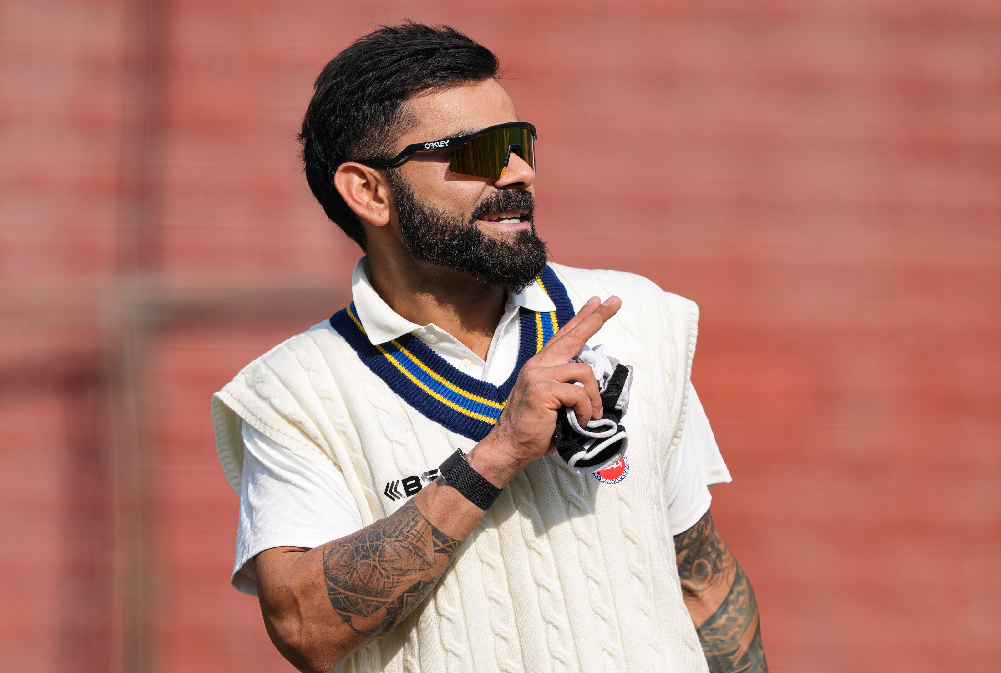
Precision : Essence of the cutting edge technology
M. A. Siraj
Imagine the terrible risk of travelling on a car zipping on a highway at the speed of 100 miles an hour on misaligned wheels or the marketability of garments stitched on a sewing machine failing to deliver stitches at regular intervals. In modern day life, precision is integral to safety, aesthetics, and overall acceptability. Be it a malfunctioning compressor in a propulsion jet engine, or the faulty oxygen pipe of an operation theatre or a telescope lens ground thicker by a few microns. Tragedies could just be lurking. Historically, it has been more tellingly summed up in the proverb, ‘For want of a nail, a kingdom was lost’. What it implies is that seemingly minor omissions could lead to grave tragedies.
Precision is an integral, unchallenged and seemingly essential component of our modern social, mercantile, scientific, mechanical and intellectual landscapes. It pervades our lives entirely comprehensively, wholly. Lives of even ordinary mortals with average standard—if not lifestyles—are peppered, larded, salted and perfumed with precision.
Author Simon Winchester spins a tale around man’s quest for perfection, exactitude and precision which led him on the trajectory of Industrial Revolution beginning from James Watt’s steam engine and ‘Ironmaster’ John Wilkinson’s technique for manufacturing guns in 1774. Officially, Wilkinson was described to be the father of precision.
John began to do business with James Watt by 1775. He merged the steam power with cannons, Watt’s steam engine and Wilkinson’s cannons added great firepower to the British Navy. James Watt put it like this: Mr Wilkinson has bored us several cylinders almost without error, that of 50 inch diametre…does not err the thickness of an old shilling at any part. Old English shilling had a thickness of a tenth of an inch. It was the moment precision took birth. The cannons supplied to the British Navy enabled the Kingdom to turn most wars to its advantage and expand its sway to unseen boundaries.
Joseph Bramah, locksmith extraordinaire, known to be the designer of unbreakable locks, took precision to the next stage and took Maudslay as an apprentice. Locks were in great demand as Britain was getting deluged by French refugees fleeing France in the wake of uprising against the monarch. Heightened xenophobia was urging better security for homes. Bramah’s lock got patented and remained unbreakable for a long time to come.
Honore Blanc brought standardisation in the gunmaking of France ensuring that all the component parts of a flintlock were made as exact and faithful copies of the one perfectly made master. Gun industry flourished in the Connecticut Valley with companies like Colt, Winchester, Smith and Wesson, Remington etc setting up their workshops. It came to be known as Gun Valley.
Precision started to become a buzzword and an international phenomenon. Soon enough Oliver Evans was making flour-milling machinery. Isaac Singer introduced precision into the manufacturing of sewing machines. Cyrus McCormick was creating reapers, mowers and later combined harvesters. Albert Pope came up with bicycles for the masses. The Industrial Revolution was proceeding ahead in full swing.
Accuracy campaign threw up Joseph Whitworth (1822- 1887), the new devotee of precision who devised screws, self-acting lathes, planing, slotting, punching, drilling and boring machines and came up with British Standard Whitworth (BSW) which created an accepted standard for screw threads.
By the turn of the new century, the time was ripe for precision to enter automobiles on two shores of the Atlantic though with totally different orientation. Henry Royce set up a workshop in Manchester to create ‘the finest car’ for the discerning few and Henry Ford laid a plant in Detroit to mass produce cars that everyone can afford. Both men were born in 1863 and were born in modest circumstances but shared the obsessive dedication to fulfill their objective.
The world of optics imparted precision to an altogether new definition. The first photograph was produced by a French Nicephore Niepce in 1826 in the French village of Saint-Loup-de-Varennes. Today’s cameras can capture razor sharp images to build an accurate record of events and movements to be preserved. These could be blown up many, many times.
GPS was a baby born out of the need of the new world order which demanded something better, quicker, more reliable and much more secure. It owes itself to the US Air Force’s Navstar Global Positioning System which they started building in 1973. Though it was exclusively for military use, it was later allowed for civilian use too.
The quartz revolution in Japan in 1969, brought down the Swiss watch industry to its knees. There were 1,600 Swiss wa
 English daily published in Bengaluru & Doha
English daily published in Bengaluru & Doha






